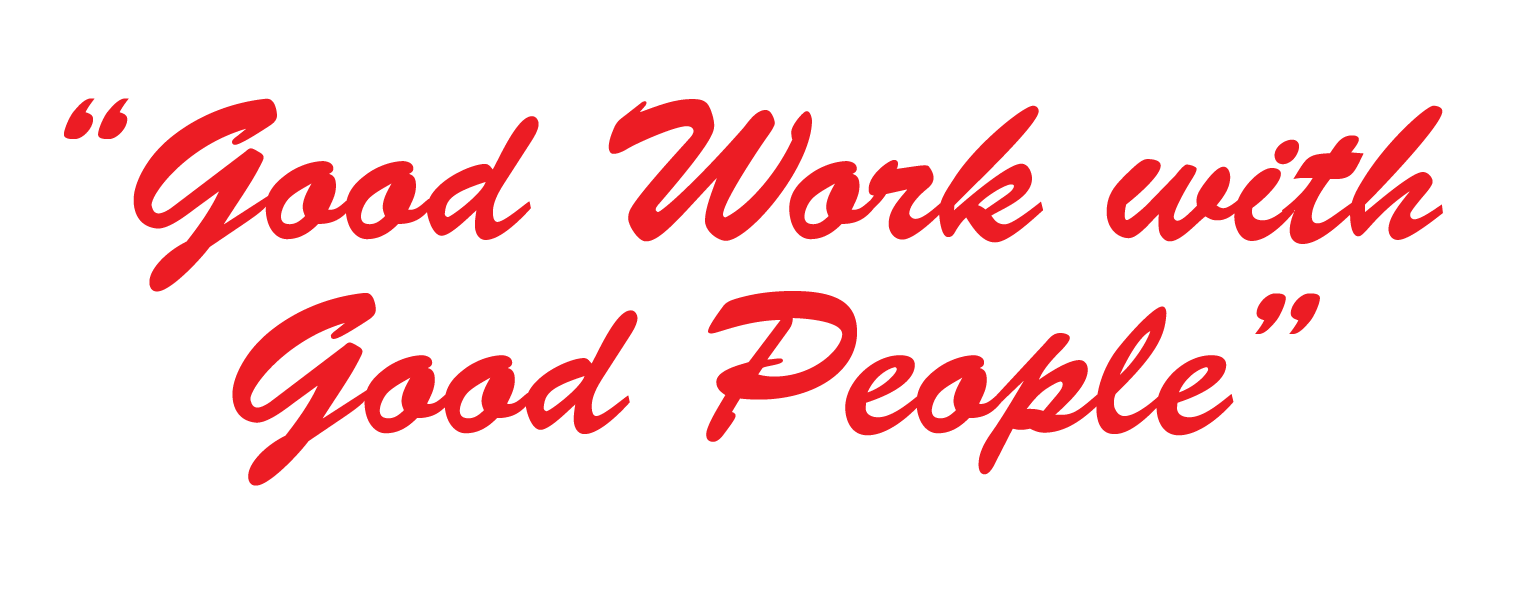Our Mindset Matters
Operating System
Guiding Question: What is the problem behind the problem?

When we examine the humanity-threatening series of environmental, social, political, and relational crises at close range, they begin to stare back at us. In asking the question: What is the problem behind the problem?, we reframe intractable issues as symptoms of a deeper dysfunction, delivering us inevitably to our own conditioning, beliefs, and mindset.
Dr. Alia Crum from the Stanford Mind/Body lab defines mindset as: “a lens or frame of mind which orients an individual to a particular set of associations and expectations.” When our core beliefs about the world constellate at an unconscious level into a mindset, it governs the way we interpret reality.
Over the last decade, Dr. Crum’s lab has demonstrated the powerful impact our mindset has on the way our body responds to diet and exercise. One study [1] showed that the amount of digestive hormone ghrelin, which signals to our brain whether we are hungry or full, varied significantly based on the perceived healthiness of a food, not its actual nutritional content. In this case, the unconscious belief system surrounding the health of certain foods, signals the body toward a certain result.
In the field of psychology, Dr. Carroll Dweck has popularized the notion of a growth mindset or a fixed mindset, when it comes to the way we face the challenges in our life. “Dweck’s work shows the power of our most basic beliefs. Whether conscious or subconscious, they strongly ‘affect what we want and whether we succeed in getting it.’” [2].
A mindset helps us to simplify, interpret, and approach the world around us. As Dr. Crum says, it is the “bridge between our unconscious and conscious minds.” We can think of it as an operating system of the psyche.
Mindset matters, and it matters more than ever when facing a paralysis in problem solving. As with diet and self-improvement, the way we approach dialogue, collaboration, and systems design, is deeply informed by the mindset we bring into these interactions. As we've learned from the “observer effect” in experimental physics, it is not only what we’re observing that determines an outcome, but how we’re observing it.
A mindset is not only maintained individually. Together, we share broadly adopted mindsets that are a result of our collective beliefs about the world—these extend back through time and have roots in mythology, religious belief, and social construct. These beliefs gather both momentum and solidity over centuries.
—
Our collectively shared mindset is largely based on a binary interpretation of reality. This binary, either/or thinking has been calcified into a collective “operating system” that functions in almost every dimension of our inner and outer lives. A binary mindset is so deeply fundamental to our psyche, we’ve constructed a world that practically runs on it.
To understand binary thinking, we have to understand opposites. Opposites can be anything held in opposition through our perspective: good and bad, mind and body, humans and nature, science and religion, right and left, spiritual and profane, male and female, black and white.
Opposites are of course part of our daily life, but when we perceive the world entirely through their polarity, we leave out the dynamism, flow, and both/and nature that is the potential of whole, thriving systems. Orienting to opposites creates categories, hierarchies, and expectations of “right” outcomes. Many of our biggest problems are downstream from relating through a “this or that,” binary mindset
When we perceive opposites, there is an inherent tension that is produced in our psyche. Carl Jung understood that polarities of opposites create psychic energy that acts as a driving mechanism of life: libido. From here we live out the cyclical drama of attraction and aversion. But in this drama, we haven’t learned yet how to perceive differently. Instead, we approach “the problem of the opposites” with a binary mindset, continuously identifying with one side or another.
We don’t have to look far to see how perceiving in binaries leads to dysfunction. We experience tension in our in-person and online interactions when our first instinct is to identify, then identify with, the right answer in any given situation. On the other side of our rightness, we label and categorize those who we’ve identified as having the wrong viewpoint. In these interactions, polarity fuels the engine of the psyche, with right and wrong viewpoints, and judgements about those who hold them.
Returning to the metaphorical landscape of quantum physics, when we take a single measurement of a particle, we can only see only one aspect of its nature; there is always the “other side” that has been left out of measuring from only one perspective at a time. This serves as a statement about reality, and a living principle to better understand our interactions with one another, particularly in a time when we have lost the ability to successfully dialogue with different viewpoints than our own. Understanding the “both/and” nature of a particle depending on our perspective is a mindset of complementarity.
Metaphorically, many of us can go through life interpreting reality only as particle, and miss its complementary wave state.
—
We’ve constructed our social, political, economic and labor systems using binary models, embedding implicit and explicit hierarchies in which some perspectives are more valuable than others. This kind of hierarchical system-design is an amplification of binary thinking in a more complex, articulated, and insidious form. These are the systems in which all of our interactions are informed by, and contextualized in.
Social media platforms are designed with explicit hierarchies, based on views, likes, and follower counts. Interactions on Twitter implicitly promote a “this or that” approach to dialoguing around issues. Much of these micro-communications online are about proving our rightness more than understanding another viewpoint with empathy. In almost all cases, the platforms that we’ve designed from a binary mindset are in turn designing us, and reinforcing the same mindset with daily use.
A binary model is even the basis for our computational language of 1’s and 0’s (bits). As we enter the age of quantum computing, bits will be replaced with “qubits.” Rather than expressing the certainties of 0 or 1, qubits express superpositions, where many outcomes are possible at once. Think of a coin that is constantly spinning, vs. a coin toss of a conclusive heads or tails measurement. Quantum computing allows for many possibilities at once and as a result, is able to solve problems in minutes that take our present-day binary computers lifetimes. The processing power of quantum computing will make our binary model obsolete (metaphor alert!).
In most cases, a binary mindset is so embedded in our collective psyche, that we take it to be the nature of reality itself, rather than an operating system based on our perception of reality. A potent example of this is the model of Darwinian adaptation or “survival of the fittest.” In the 19th century, Charles Darwin projected his industrialist worldview onto what he observed in nature, and the result was a competitive model of evolutionary adaptation that, while true as one aspect, left out an entire realm of symbiotic, complementary relationships in biology. We’ve amplified Darwin’s observation of this one aspect of competition, into a rule of nature. From there, we’ve extended the principle of competition into our capitalist structure and workplace dynamics. Those who benefit and uphold this structure, rationalize it as an immutable law of nature, just as countless other outdated ways of perceiving have been rationalized in the past.
But a “kill or be killed” is a mindset like any other, and is subject to change. As we seek to develop new models of interaction that benefit the whole system, we’re forced to look at the underlying mechanisms and beliefs that have given form to our current mindset, and consciously reshape them over time. This takes a great deal of effort, self-inquiry, and most importantly, a willingness to question things that we’ve inherited as “natural.”
—
We can think of this work as reverse engineering, or troubleshooting a problem to get to its fundamentals. To do this, we use the tension of our interactions and system breakdowns as an entry point into our own outdated mindset and the contexts which reinforce it. In this deep exploration, we can see how time and momentum have lead us to our current state: dysfunctional interactions in dysfunctional systems.
Working backward:
Interactions < Mindset < Beliefs < Storytelling & Mythology
—
Right now it’s critical to look at these deeper strata, all the way down to our fundamental beliefs and the stories that reinforce them, to understand and breakthrough the stickiest of our issues. With this understanding, we can approach large scale problems by examining their roots, not only their symptoms.
In the next phase of problem solving, moving from a binary approach to dialogue, collaboration, and systems-design to a complementary one will require inviting difference into our process, not dominating or excluding it. Like with the experiments of quantum physics, developing a complementarity means intentionally seeing the other side of our dominant viewpoint.
Inviting the “other side” into our interactions is not an easy practice. We’d much rather interpret reality through our existing or dominant perspective, (and find others who reinforce it for us), than see from multiple perspectives. Our rejected viewpoints, those that we strongly disagree with, reside in our unconscious, and are often often projected externally and framed as a negative or wrong views, rather than an aspect of a complete system. Jung understood that working with our “shadow”, or the unconscious aspects of our psyche, is a way to understand and integrate material that helps us move forward in our own development. In relation to other perspectives, we can take a complementary approach not because our dominant viewpoint isn’t right, but because right now, nobody is right; it is the ability to engage with difference that is important.
When we do this intentionally, the observer effect is in play. It is initiating a different way of perceiving and interpreting reality, often in our real-time interactions, that can shift these interactions, and ultimately shift the outcomes. Relating through complementarity doesn’t assume or expect specific outcomes, but understands that in order to get to new outcomes, we must work on our ability to work together.
—
How do we start? Small. Within ourselves and our one-on-one interactions where we can most easily identify opposites in tension. Then we can begin to apply this work within the systems we seek to reshape. We begin modeling a new mindset, beyond the binary model one we’ve inherited, as an answer to working with the dysfunction of our time. The way we see, is the one thing that addresses everything else.
But it is no easy task. Like working on our approaches to exercise, diet, and stress, we are often dealing with tremendous momentum in the other direction. It has to be a continuous practice.
In practice:
- Resist identifying viewpoints as right or wrong.
- Sacrifice the certainty of our ideas, and accept that our perspective is actually one part of a whole system.
- Ask the question: “What’s on the other side of my dominant viewpoint?” which opens up the system into the realm of the unknown, where solutions can emerge.
- Perceive opposites as complementary, rather than in tension.
- Become aware of our quickness to jump to conclusions and certainties, rather than remaining in a process of emergence.
- Interrogate the root of the problem rather than the symptom.
- Understand that our mindset is dynamic, not fixed.
- Question the core beliefs and assumptions we have about ourselves and the world.
Of course none of this can be done in a vacuum; we must use the material of our lives to practice with. Tension is everywhere, and we can compassionately engage with it. The invitation is to relate to opposites within and without in a different way.
In our interactions, we can ask ourselves: Am I relating to this person or dialogue through a binary mindset? Am I allowing two aspects of reality to co-exist without hierarchy or judgment? Am I in this conversation as part of a process, rather than trying to arrive at a conclusion?
It is through this kind of relating that we get somewhere new.
[1] Mind over milkshakes: mindsets, not just nutrients, determine ghrelin response
[2] Carol Dweck: A Summary of Growth and Fixed Mindsets
Get the quarterly newsletter
CONTACT US | OUR STORE | INSTAGRAM
hello@superiorbranding.co
©2022 Superior Branding Enterprises, Inc.

